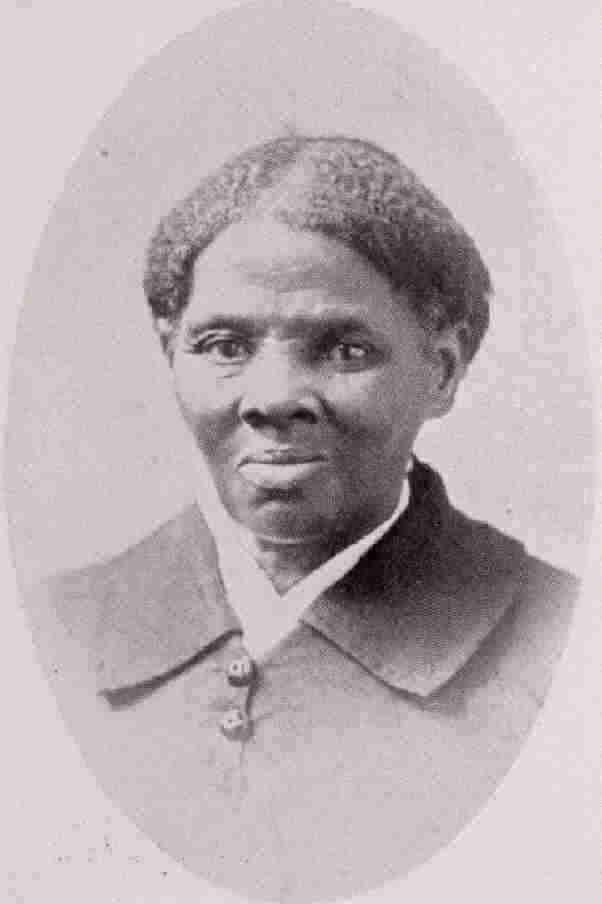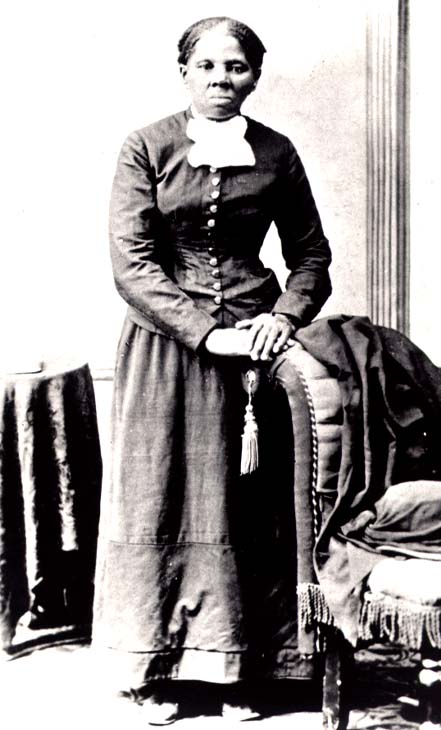Harriet Tubman  |
 |
|
Harriet Tubman was born as Araminta Ross, a slave in Dorchester, Maryland in 1820. She later changed her name to Harriet in honor of her mother. In 1848, Tubman planned to escape from the plantation she was enslaved at. Her husband John deemed her idea too dangerous and did not accompany her. Her two brothers joined her but left midway because they were too scared of getting caught. Eventually, Tubman reached freedom through a system of routes called Underground Railroad and was determined to help her family do the same. Tubman eventually returned to rescue the rest of her family. This would be the first of her nineteen trips back to the South. She guided more than three hundred slaves to freedom using clever techniques. For example, Tubman used the master’s horse or buggy for the first part of the journey. She would also carry a drug to temporarily stop a baby’s crying to reduce chances of getting caught. Tubman became so notorious that slave owners offered a $40,000 reward for her capture. Tubman was also a supported of John Brown. She was so disappointed in the failure of his raid on Harper’s Ferry that she began making speeches encouraging the abolishment of slavery as well as women’s suffrage. During the Civil War, Tubman worked as a nurse, scout, and intelligence agent. She wrote and published her autobiography called “Harriet Tubman, the Moses of Her People” in 1869. With the money earned from the book, she bought a house in Auburn, New York and converted it into a home for the aged and needy. Tubman died on March 10, 1913. |
||